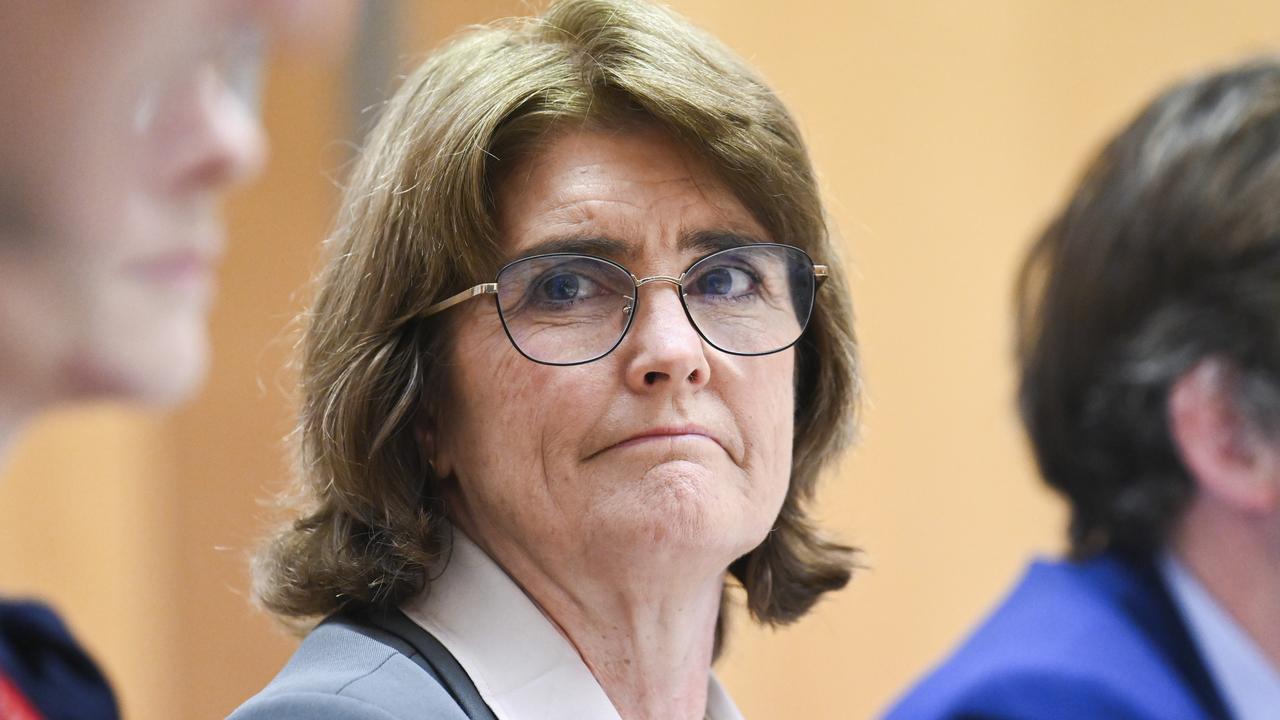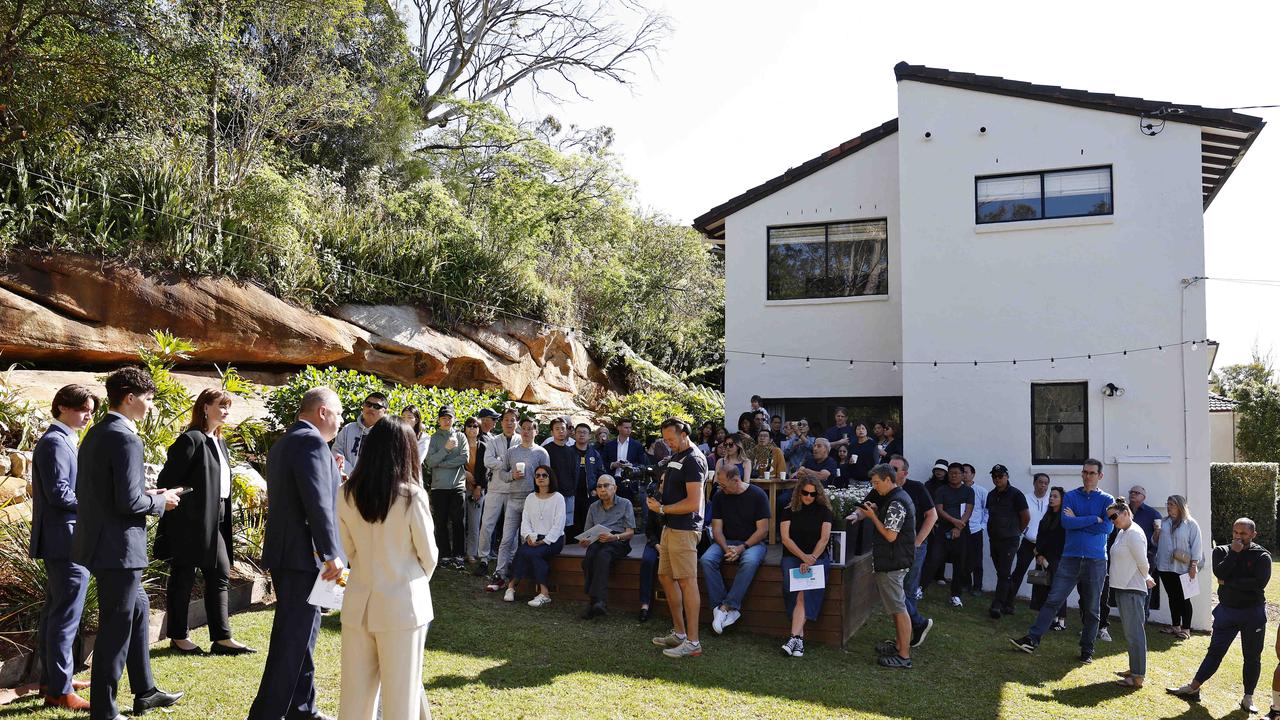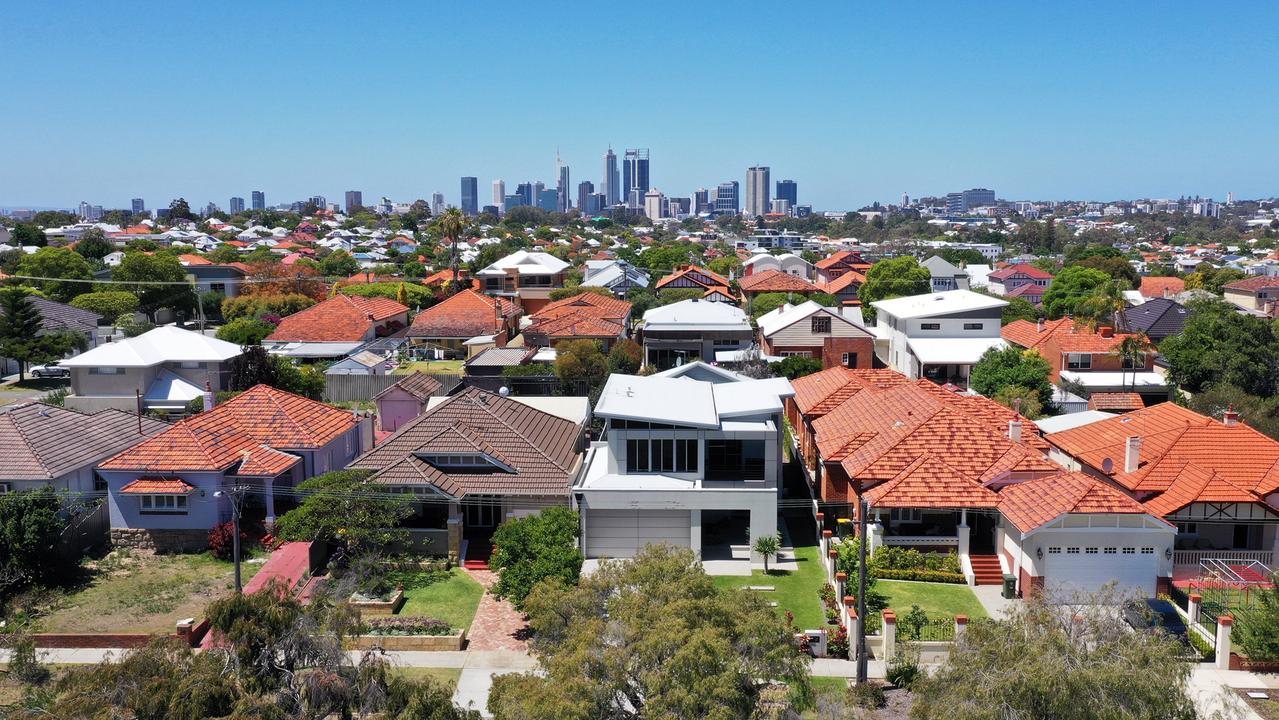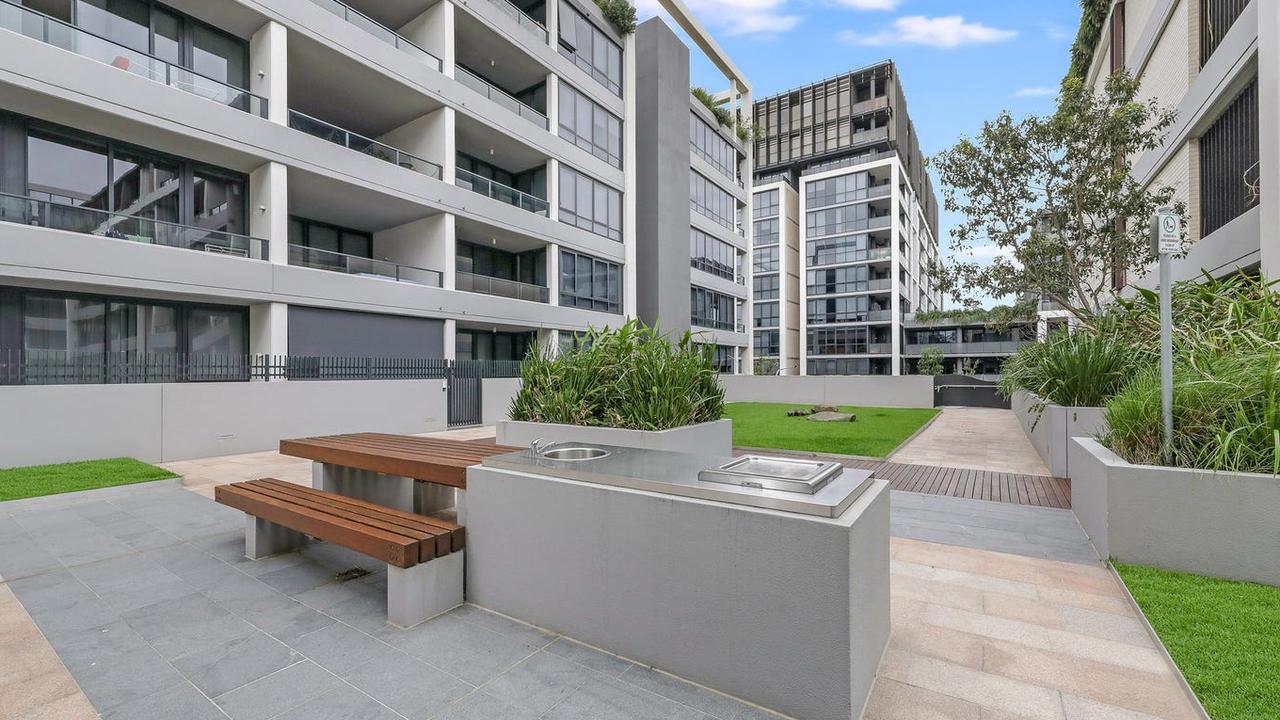RBA keeps interest rates on hold at September 2024 meeting
Australians struggling with skyrocketing mortgage payments and the cost of living crisis will get no relief from the RBA just yet after the board decided to keep interest rates on hold.
The Reserve Bank of Australia has failed to offer any relief to struggling Australian mortgage holders after leaving interest rates on hold.
The decision, handed down Tuesday at the RBA’s monthly board meeting, heaps further pressure on households struggling to keep up with ballooning mortgage payments and the ongoing cost of living crisis.
The cash rate will remain at 4.35 per cent.
It comes as the majority of economists revealed they expected the RBA to keep interest rates on hold.
But the consensus is that a cut is coming soon, with most economists expecting one to come in February on account of falling interest rates overseas and slowing inflation.
A much anticipated drop in interest rates would push up property prices by an average of nearly $15,000 in some cities in the first month after the cut, new modelling has revealed.

Sydney and Melbourne were expected to see the biggest impact, while markets like Perth and Darwin were likely to see virtually no effect from the change, the Ray White Economics data showed.
MORE: How much money average Aussie actually has
Ray White Economics’ analysis examined historical data to determine the average change in property values in the month immediately after a Reserve Bank announcement of a cut to the cash rate.
The team then examined how prices in each capital would likely change following a new cut if historical trends continued, along with how it would affect prices across the country as a whole.
“The aim was to find the immediate impact of a cut,” said Ray White chief economist Nerida Conisbee, who added that the longer term outlook would be harder to track as markets were forecasting multiple cuts.
MORE: Hillsong bosses’ secret millions revealed

The study indicated rate cuts have affected city markets in varying ways immediately after an RBA announcement and each capital would get a different change in prices if this trend continued.
Across Australia as a whole, values would rise by about 0.6 per cent, adding nearly $5000 to the average price of a property.
Price rises would be more pronounced in larger capitals. Melbourne home prices would increase by an average of 1 per cent. This would push up the $797,000 current median value of dwellings in the city by about $8000 in a month.
Sydney dwelling prices – which currently have a median of $1.05m – would rise by an average of $15,300 in the first month, or 1.4 per cent. This would be the highest monthly increase in the country.
Canberra prices would rise by an average of about 0.5 per cent, or just over $4000.

The impact of a cut would be more subdued in smaller cities due to the lower amount of debt carried by homeowners, Ray White noted.
Brisbane and Adelaide home values would rise by about 0.4 per cent and 0.3 per cent, adding an average of about $3400 and $2300 to property prices over the first month, respectively.
Perth prices have historically remained unchanged directly after a cut, according to the analysis.
Ms Conisbee said a wide range of factors including the political climate and economy could affect price movements, but historical data remained a good guide of how markets would likely be affected.
“Sydney and Melbourne have historically been the most sensitive to interest rate changes because these cities are more expensive and homeowners tend to carry a lot more debt,” she said.

MORE: ‘The good life’: Own a town for the cost of a home
“In Melbourne, it’s harder to predict because confidence has been a lot lower than in other cities, but it’s highly likely that the market would still get a major boost from a cut.
“Perth is the opposite. Rates have a lot less of an affect because the primary driver in that market is population growth and the mining sector.”
Separate research from Canstar showed the first rate cut alone could bring $92 in monthly repayment relief for those with a $600,000 loan or as much as $153 for borrowers with a $1 million mortgage, assuming they have 25 years remaining.
As many as five rate cuts cumulatively could see monthly repayments on a $600,000 plummet by $441 or $736 for a $1 million loan.
MORE: How to get a new home with just $10,000

Comparison group Finder.com.au polled 42 economists ahead of the Reserve Bank’s next meeting over rates, revealing all 42 expected rates to remain on hold.
Just over two thirds expected the first rate cut to come early next year, with February tipped as the most likely point for a cut.
Finder head of consumer research Graham Cooke said homeowners were eagerly awaiting a rate cut.
“We’ve now seen the US Federal Reserve lower American interest rates by a huge 50 basis points. This makes it far more likely that we will see a (cut),” he said.
James Morley from The University of Sydney told the Finder poll that the RBA has made it clear that they are unlikely to cut rates until 2025 unless there is a material change to their forecasts of inflation and economic conditions.
The panel of experts say there is a 39 per cent chance of Australia experiencing a recession in the next 12 months.
Stella Huangfu from University of Sydney warned of a potential recession, citing high interest rates, global economy uncertainty, weak consumer confidence, and a labour market slowdown.
Not all were convinced, though. Tim Reardon from the Housing Industry Association said the likelihood of a recession in Australia is no higher than usual.
“Strong population growth and tight labour markets [are] helping to offset the headwinds working in the opposite direction,” Reardon said.
Originally published as RBA keeps interest rates on hold at September 2024 meeting




